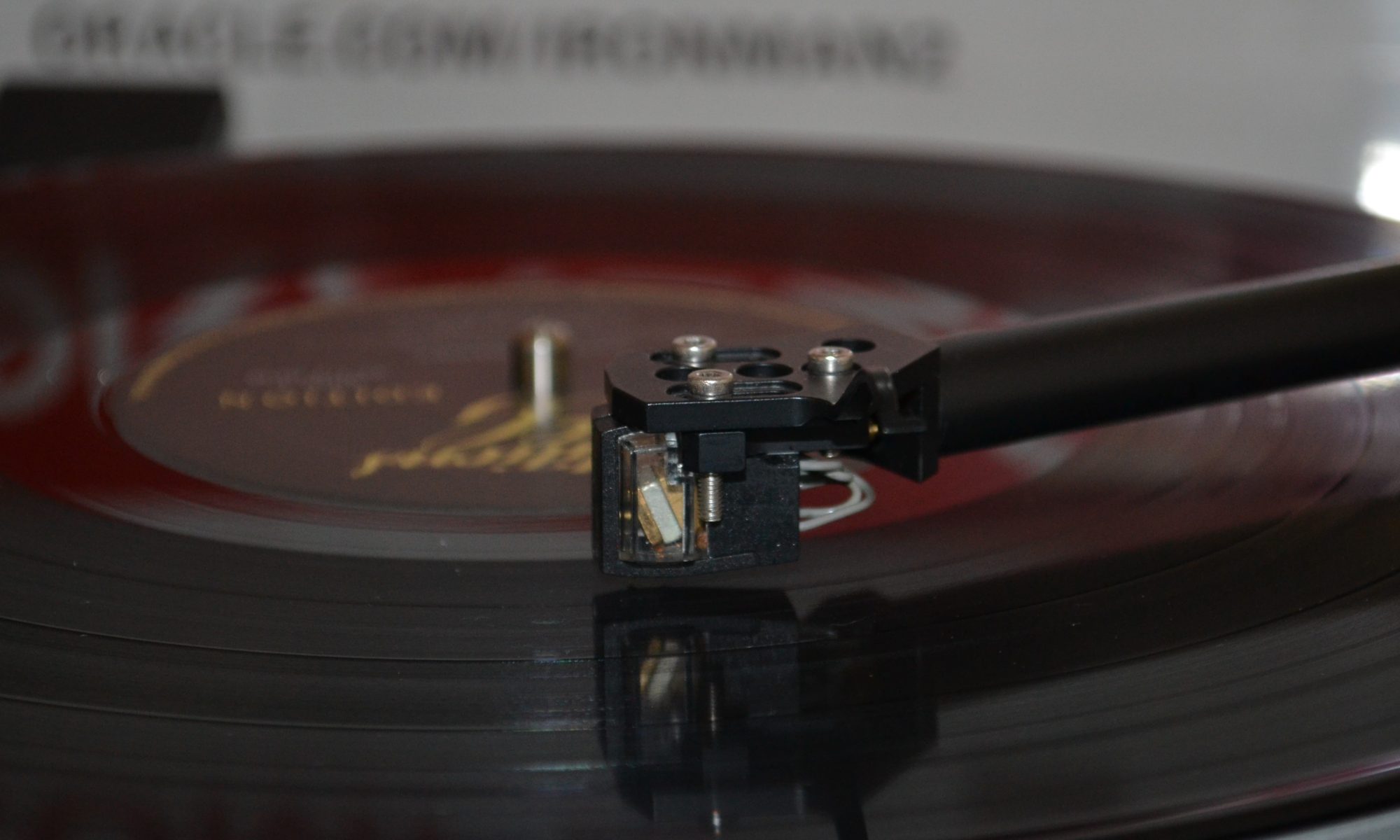As you may know I do this on my spare time and for the last few weeks I’ve been studying for a certification exam related to my main business line of work so I have not had much time to post on the blog.
Phono cartridges come in various flavors, moving magnet, moving iron, moving coil, and optical (yes, optical!!!). The most common ones are the first two types since most brands and models are relatively cheap but make no mistake, some of them are stellar performers. For example, the Audio Technica AT95E, has been regarded as a ‘giant killer’ since its performance and musicality is way over its relatively low cost (aprox. USD $75), but still has its limitations. As the name says, it is a moving magnet attached to a cantilever with a precious stone stylus, and the moving magnet induces a voltage into the coils which is then sent to a signal amplifying device when the stylus traverses the grooves of a vinyl LP. Below is a diagram of a moving magnet cartridge:

The most expensive ones are known as moving coils, which as the name implies, are coils that move as the stylus traverses the grooves on the vinyl LP. In this case the magnet is fixed and the low mass of the coils allow the stylus to traverse the grooves with more precision. The only drawback is that the signal generated by the moving coils is much lower than that of a moving magnet cartridge and requires a special moving coil phono stage. Below is a diagram of a moving coil cartridge:

One advantage of moving magnets/moving iron cartridges is that the stylus can be easily replaced if damaged. This is not the case of moving coils, they need to be scrapped, traded-in, or sent back to the factory or 3rd party for a stylus/cantilever replacement or a full rebuild job, which I fully recommend since moving coil cartridges can last for many years before requiring service due to their exotic stylus profiles which tend to last a lot longer than the ones used in less expensive moving magnet cartridges.
The following picture is of two different moving coil cartridges (Linn Arkiv) which were sent a few weeks ago to a certified moving coil cartridge rebuilder. The one on the left is is my personal moving coil cartridge which only requires a replacement stylus, but since it is an almost 30 year old cartridge I requested a full rebuild service, and the one in the right is from a customer which by accident tore off the cantilever and stylus while cleaning his turntable, and is also requiring a full rebuild. For what is worth a full rebuild involves replacing the stylus/cantilever, damping material, coil rewind, and full tuning of the suspension assembly.

When these cartridges come back they will be as good as new or even better since stylus profiles, cantilever alloys and damping materials have evolved since these were manufactured back in the early 90’s, so I’m eagerly waiting for their return to install mine and have a very long music listening session!!!
Enjoy!
Vic
























